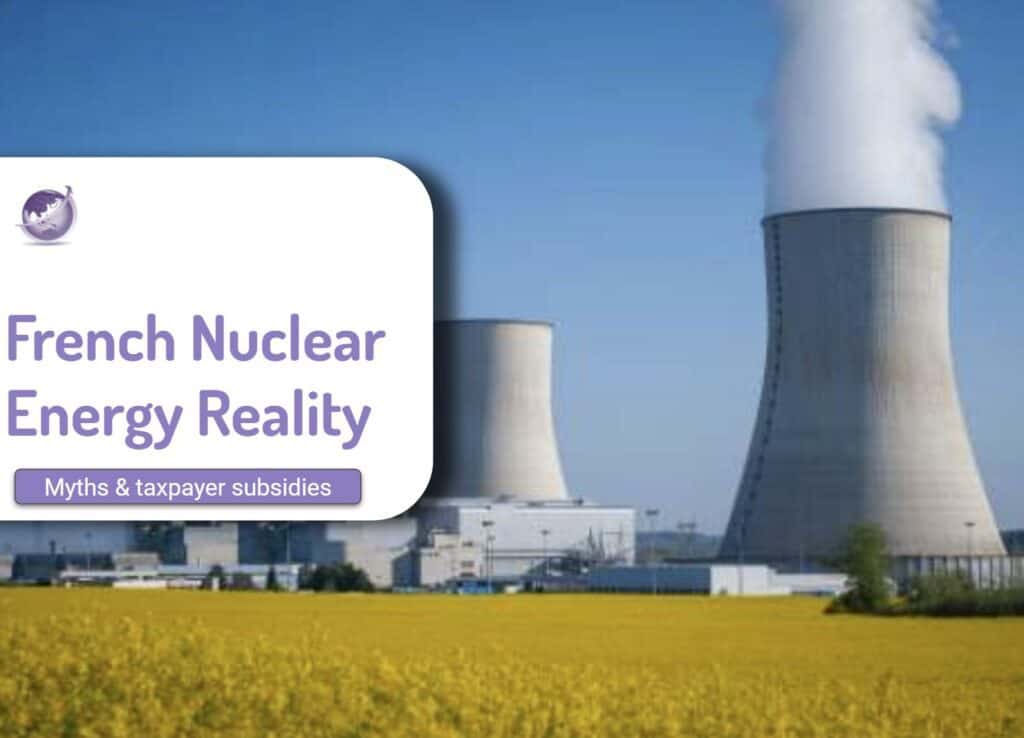With billions of dollars into research, is it fusion or fiction for this technology? Unlike fission, which is taking a heavy molecule (Uranium) and making it smaller, fusion is taking small molecules and making them bigger. For the hype for nuclear fission read more at 15 myths of nuclear. The best guess is that it will be the latter part of this century before we get electricity to the grid from a fusion reactor.
Barriers to more Fission
- Cost
- Waste
- Safety
- Social License
- Sovereignty
- Construction delay.
Barriers to Fusion
The same cost challenges meet fusion. Waste is less of an issue. Safety – as energy is needed to drive the process, there is no risk of run-away safety. With reduced radioactivity, social license is likely to be less. The raw materials (water / air) reduce sovereignty risks. Construction delays are likely to be more severe, with no history of commercial plants.
- Energy out to energy has to increase 1000 times more
- Ability to capture the energy and convert to electricity
- Reduction of the radioactive waste from neutron emissions on materials
- Need enrichment and refining to get the Hydrogen / helium or cobalt
Research initiatives are more than 80. With 3 different strategies, the challenge is to get more energy out of fusion than needed to put into the fusion process and get fusion. Scientific American provides a sobering analysis of the billion dollar cost and time delays. The International Thermonuclear Experimental Reactor (ITER) is already billions of dollars over budget and decades behind schedule. Not even its leaders can say how much more money and time it will take to complete.
Fission versus Fusion

Tokamak Central Role in Fusion or Fiction
The tokamak is central to fusion. Magnetic fields control the plasma. These are engineering feats in themselves. Within 2 metres, the temperate can go from outer space (close to 40K to 10 times hotter than the sun (150 million degrees K). Tokamaks use 3 different methods. The tokamak is not the only design, there’s also, in magnetically confined fusion, something called a stellarator, which kind of looks like Salvador Dali drew a donut.
For a fuller explanation check out Wikipedia on what a Tokamak is, and there is a comprehensive list here. https://en.wikipedia.org/wiki/List_of_fusion_experiments#Tokamak
ITER which has been going from 2006 is at least 4 times the cost and years behind plans. Ship sized fusion components require engineering precision at millimeter-scale.
Other initiatives have run into similar challenges globally.

More Information
- Matt Ferrell interviews researchers at JET at Youtube How We’re Going To Achieve Nuclear Fusion.
- Michale Liebriech in his podcast series Cleaning UP Ep 119: Dr Aneeqa Khan “Fusion Energy: The Materials Challenge” from the Livermore research group.
- https://en.wikipedia.org/wiki/List_of_fusion_experiments#TokamakResearchers repeat fusion.
- https://www.reuters.com/business/energy/us-scientists-repeat-fusion-power-breakthrough-ft-2023-08-06/
Most fusion breakthroughs suffer from the same problem as last time – they turn 300 Mj (megajoules) into 2 MJ and used that to produce 3 MJ. Technically that’s a gain, if you ignore the massive loss beforehand









